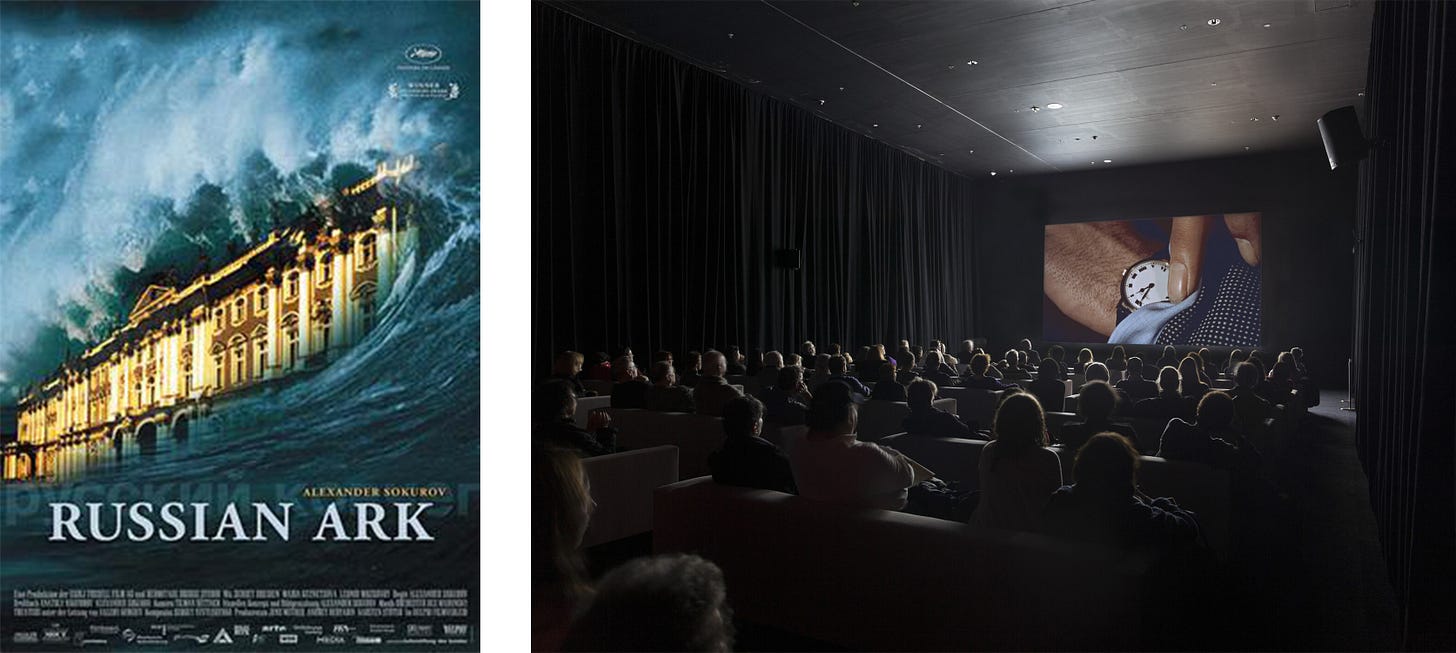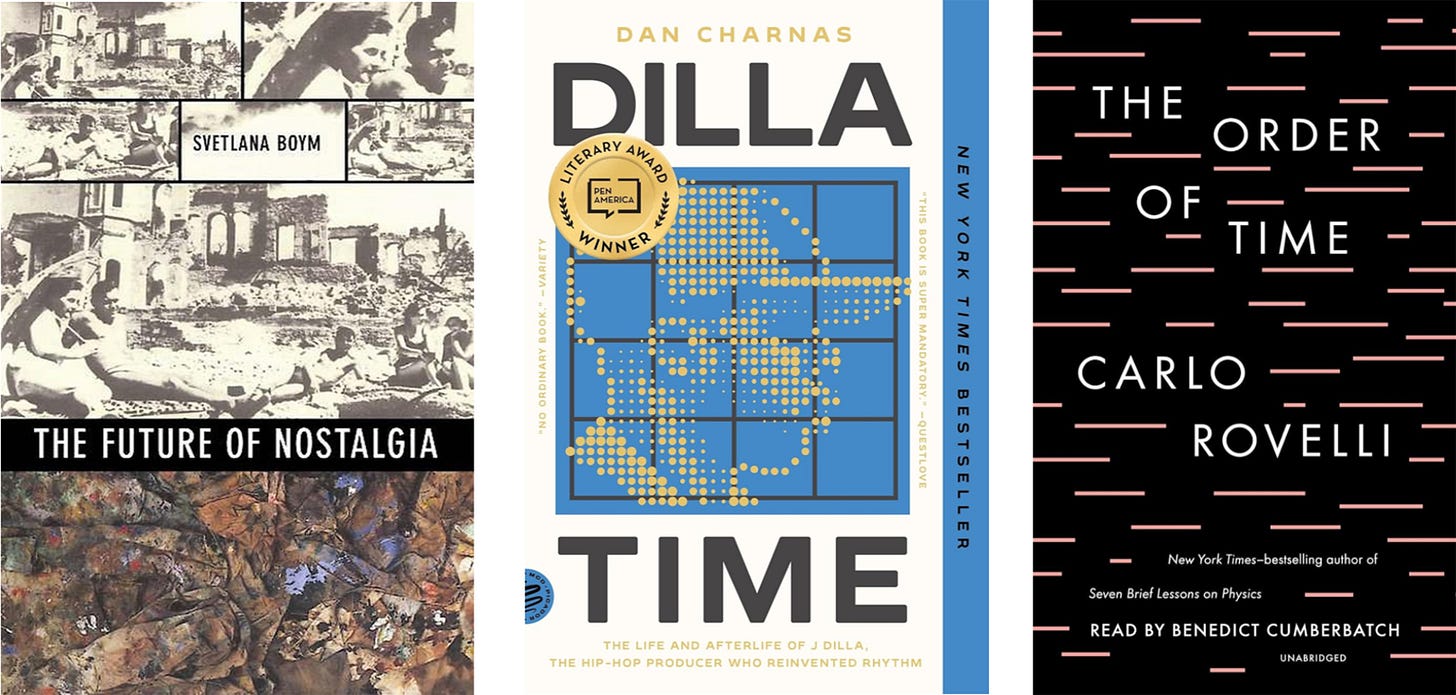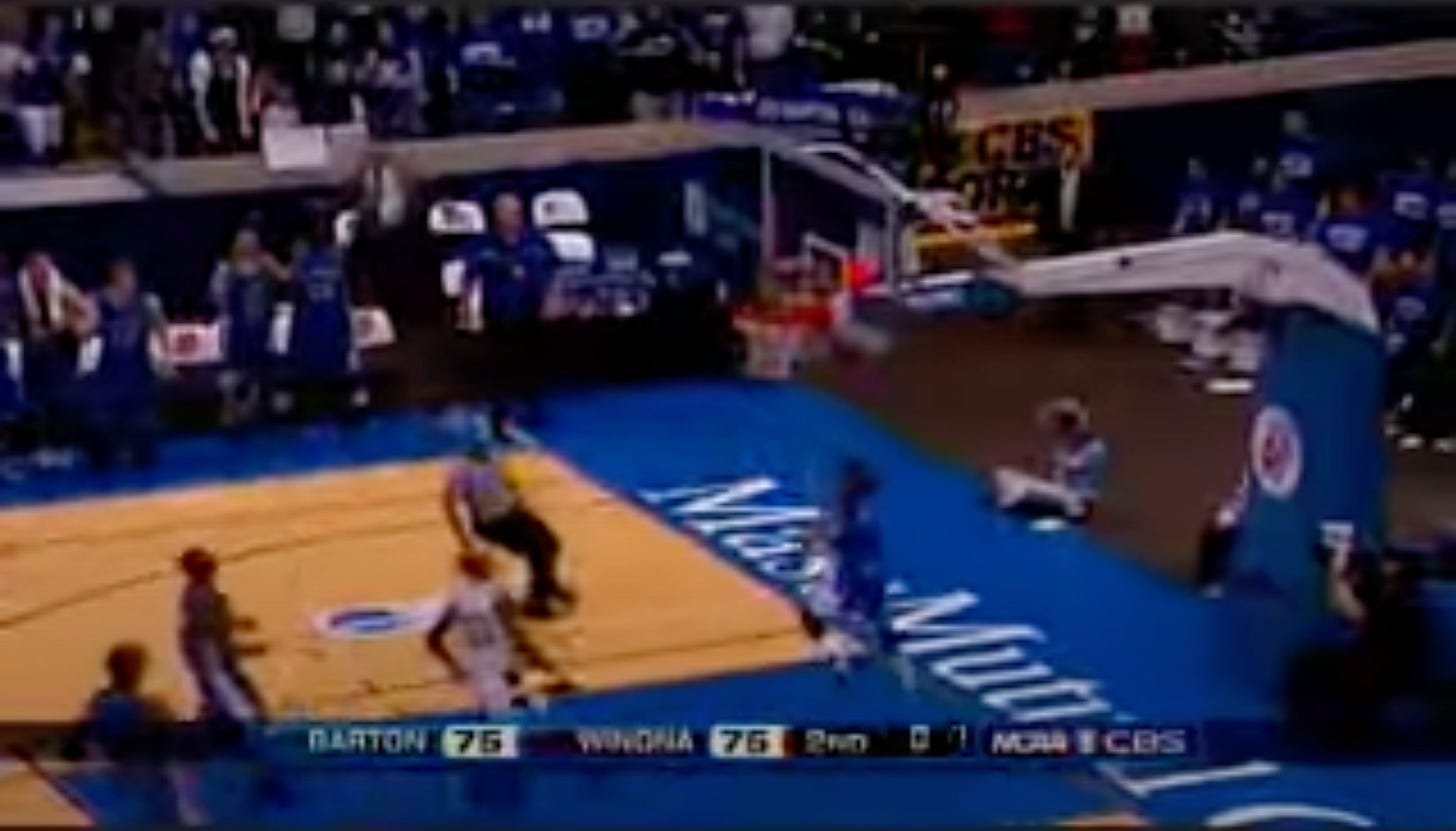In 1989, The Los Angeles Times published an article summarizing the predictions for the future from the World Future Society. Advancements in technology would usher in a new era, a new way of life. These predictions included filing your income taxes online, taking an online college entrance exam, and watching races on cable TV while placing bets from the comfort of your couch. Sounds familiar. They predicted 88% of the economy would be in the service industry. We currently sit around 85%.
The Society also stated that we would be reading magazines via floppy disk, marriage rates would increase, and, most importantly, improved technological efficiency would lead to a 32-hour workweek. So close. The 32-hour workweek has been adopted by some companies recently, not necessarily due to technological advancements, but rather as a response to the burnout caused by these advances. Some companies have found through trial that people can complete the same amount of work in four days as they do in five, and people are less likely to quit thanks to the extra day. The promise that new tech would create less work and stress is not given freely. It has to be fought for. And that promise will not extend to everyone. Some jobs will always be five-day jobs.
Time has been measured as a commodity since the concept of time was first conceived as a measurement of change. It should not be a surprise to find questions on Reddit like, “Is time moving faster?” Is it? That depends on what you think time is. If you think time is something that an atomic clock tells us, then yes. If you understand that there is no singular time, but an infinite number of times, then no. Is your time moving faster? It depends on how many TikTok videos and YouTube shorts you use to distract yourself every day.
All of that said, time has been a secondary interest of mine for about 20 years. I wouldn’t even consider myself an amateur on this subject. It is just something to think about. To quote John Cale, “Life and death are just things you do when you’re bored.” The way art has engaged with it this century has been a lot more interesting than the art inspired by string theory. The work that resonated with me explores time in several different ways. Some art is related to capital T “time.” The kind of time in a mathematical equation. Other artists work with time as an emotional concept. Others address it in a manner that transcends the limitations of humanity.
Often, I can remember the approximate date of events. If not, I can look them up online. When did I see the Jacksons’ Victory Tour at Neyland Stadium? August 10, 1984. Despite a decent brain and greater specificity working through the internet, I cannot remember the first time I heard Olivier Messiaen’s Quartet for the End of Time performed. Ironic? Yes. The first time I heard it was the first time I saw it performed. That happened in the 21st century. Despite being written during World War 2, this counts for me as a 21st-century experience.
Prior to the 21st century, I had heard Olivier Messiaen’s name once, and at the time, I didn’t even know what it meant. He is mentioned in the Mark Eitzel song, “Sacred Heart.” The name meant nothing to me as I listened to the album. I certainly had no idea what the Quartet for the End of Time was.
I think I saw it performed in 2003, but it may have been 2004. It was winter. I remember wearing a coat. I also don’t remember where I was, but my best guess is that it was at the First Presbyterian Church in Philadelphia. The reason for my confusion is that I did not seek this out. Friends of mine invited me to see their friend, a pianist, perform. I was tagging along. I did not realize I was tagging along to a memorial service for the clarinetist’s father. He had arranged for the performance of Messiaen’s piece as a tribute to his father. It is now one of my favorite pieces of music, but I would not call it “accessible.” Messiaen’s hope for a life broken free from the linear, measured nature of time, falling into God’s infinite is not for everyone, including the clarinetist’s family, who seemed confused by the whole thing. It certainly caught my attention, if nothing else. I have since then created art around the ideas of this piece. I have put part of it into a piece. The David Lusk Gallery was generous to have part of it performed at one of my shows.
Messiaen’s faith propelled him to compose a piece of music that explored life beyond time. It is what every Christian looks forward to. About 10 years after seeing that memorial performance, John Luther Adams considered a different concept of time: life without humans. With Become Ocean, Adams bent an orchestra into a single-movement tidal wave of time, washing humanity from Earth and returning us to our primordial ooze. I guess, either way, we’re free.
A lot of visual art has experimented with time this century. It has become such a focus that art schools now boast a “4D” program, with time being the fourth dimension. That fourth dimension can be taxing. My memory is that one round of the Whitney Biennial contained over 24 hours of video, which is rude to both the artists and the attendees. The curators dared people to visit enough to experience all of the art as it was intended. That said, there were time-specific videos that stuck with me.
The most impressive display of time this century for me did not occur in a work of art intended for a gallery. It was shown in movie theaters. Russian Ark is an 87-minute movie shot in one, uninterrupted take. It takes place in the Hermitage Museum in St. Petersburg. The movie tells the history of St. Petersburg, utilizing 33 galleries, 2,000 actors, and three orchestras. They got it on the fourth take.
One notable gallery video of the era would be Christian Marclay’s The Clock. Where Russian Ark compressed 300 years of history into 87 minutes of real time, Christian Marclay chopped up 100 years of film history and collaged it into a 24-hour video at the Paula Cooper Gallery. The nonlinear video accounts for every second of a day through clips from movies. I sat in the video for about an hour. It felt like 10 minutes. No matter how disconnected the plots of the movies are, my brain could not help but try to tell myself a story.
Did we collectively push through our battle with nostalgia? Did I make it out alive? I am still mad that the movie theaters I went to as a child are closed, so, no, I have not emerged unscathed. Our collective struggle with nostalgia has been one of the most unhealthy relationships with time in this century. Back in 2019, Bradford Cox of the band Deerhunter summed it up pretty well: “I used to find nostalgia to be pretty. But I think culturally speaking, it’s the worst thing right now. The more we live in the past, the more the present and future decay.” It’s not Plato, but it is a good observation.
Generational nostalgia has become an online industry. People make a living posting videos about generational superiority. You only get one life, and this is how some people choose to spend it. Yes, I, too, drank out of a garden hose as a child. It does not define me. We used to measure cultural time in decades. Now we define it by generation or concerning trauma (post-9/11, post-pandemic). Our language needs to shift to create a more corporate experience.
Young people will have to forgive the older generations. We were the first people to be given a readily-accessible time machine (the internet) to a preserved record of our youth, complete with video. What I find remarkable about YouTube is that it is all there. And by “it,” I mean every clip of every TV show that ever existed. Where did this come from? I understand how a certain kind of personality armed with a VCR recorded TV shows in the 80s and 90s, but how does a clip from a TV show from 1956 end up on YouTube? Who had that lying around?
This access led to unhealthy behaviors, like me looking up the date I saw the Jacksons’ Victory Tour or the word “adulting.” It led me to drive around my hometown occasionally and think, or remember, or whatever. “If only I could live on (X) street.” I have picked out two or three houses. It went that far. But the more time I have spent in my hometown, the less I want to live there—nice place to visit, glad it’s close by.
I think all the bands that would reunite have already done so. The UK was waiting on Oasis. That should be the last big fish. Now it’s time for the bands of the 2000s to cash in on the disposable income of kids born in the late 80s/early 90s. To the young adults, I will say, don’t worry too much. It is marketing. Identify the generation with money and time, and exploit them. It was a difficult moment in my life when I heard a Spoon song in a Jaguar commercial. My parents were not being marketed to in that moment. It was a changing of the guard. I realized an ad agency assumed hipster doofuses of my generation had enough money to buy a Jaguar. My bank account said otherwise.
Some good came from it. LCD Soundsystem’s Sound of Silver is not about nostalgia, but it somehow made a bunch of middle-aged people nostalgic. Lines like:
“You spent the first five years trying to get with the plan
And the next five years trying to be with your friends again”
would hit most adults right between the eyes. Who gets through their 20s and thinks, “Nailed it. I definitely did not waste that decade”? Sound of Silver is partially about aging, and it's hard to discuss aging without talking about how you got there. That all of these complex emotions were channeled through the brain of a man who turned down a job to write for Seinfeld lends the music a brand of humor that brings comfort to people of a certain demographic and probably gets less relatable to younger people as time passes. And if you are young and don’t “get it,” I recommend giving it 20 years and returning to “All My Friends,” whose minimalist-informed, somewhat imperceptible build gradually overwhelms you in a way not unlike adulthood itself.
When you do finally connect with this song, make sure you listen to the album long enough to get to the title track:
“Sound of silver, talk to me
Makes you want to feel like a teenager
Until you remember the feelings of
A real-life emotional teenager
Then you think again”
It wasn’t as great as you remember it.
I’ll wrap this up with some abbreviated nods to related materials.
If you combine Russian Ark and the examination of nostalgia, you get Svetlana Boym’s 2002 book, The Future of Nostalgia, whose title was on target. She saw the road to nostalgia before any of us had Facebook. And sadly, I now know when I became worried about my bout of nostalgia, because Amazon reminded me that I bought this book on April 16, 2012. Not surprisingly, I moved back to Nashville from Philadelphia a year later.
Other books related to time:
Carlo Rovelli’s The Order of Time does its best to explain quantum gravity and other theoretical ideas to people like me who haven’t had a science class in 30 years.
Dilla Time by Dan Charnas proposes that J Dilla created a new sense of time in music with his manipulation of drum machines. I have no idea if this would hold up in a music theory class, but it at least expresses that J Dilla moved the ball down the field for pop music. Listen to his Donuts album and decide for yourself.
Regarding art made for the largest audience, no one else has wrestled with time more than Christopher Nolan. He has made eleven movies this century. Six of those movies manipulate time and utilize it as a driving force in the film. He developed such a reputation for doing this that people wondered what he was going to do with time while telling the story of J. Robert Oppenheimer. It only came up with the mention of the word “wormhole,” but Nolan was cheeky enough to use the term while talking about a real wormhole.
Time concerning sports:
If you were fortunate enough to be alive in 2009 and watching the Summer Olympics, you witnessed the greatest 100m men's final in recorded history. Usain Bolt posted a 9.58 and didn’t look like he considered anyone else on the track to be legitimate competition. Did he bend time or space?
I was born in Wilson, NC, and raised there until I was eight years old. Barton College is a small college in the town. In 2007, the men’s basketball team advanced to the Division II championship game. They came back from seven points down in the final 45.6 seconds, with Anthony Atkinson scoring all of Barton’s points during the comeback and without scoring a three-pointer. They ended Winona St.’s 57-game winning streak. Not commented on in the video link is that Atkinson hit two last-second game winners in the games leading up to the championship. Einstein and Rovelli may tell you that time is elastic and the present does not exist, but all rules of physics cease to exist when a clock is counting down by tenths of a second and you have a layup to make.











It's a love-or-hater time film, but I love Darren Aronofsky's The Fountain